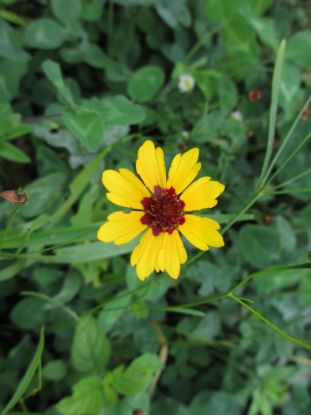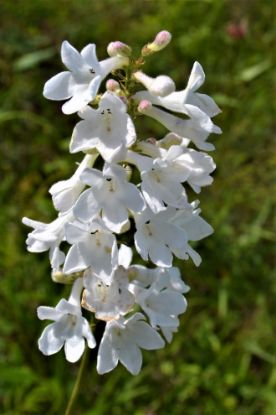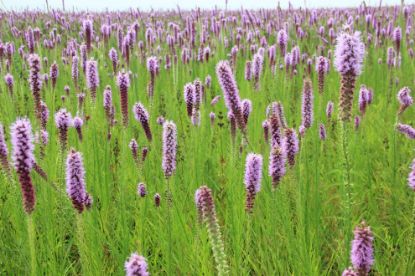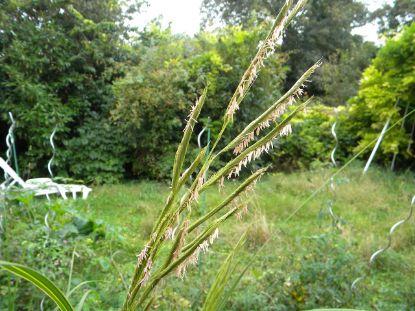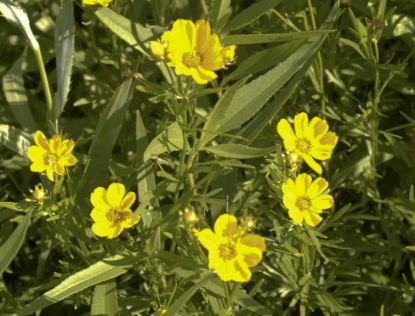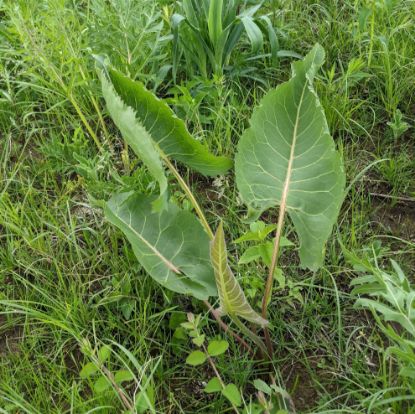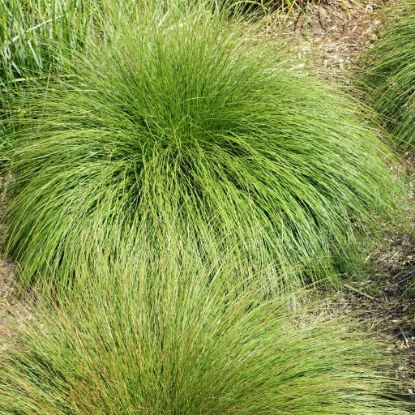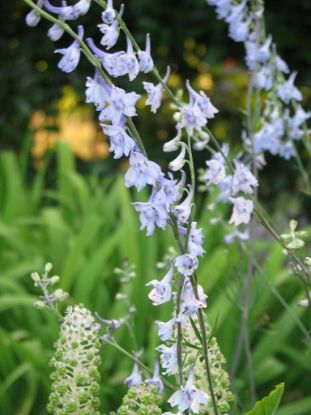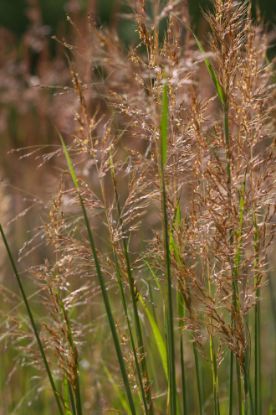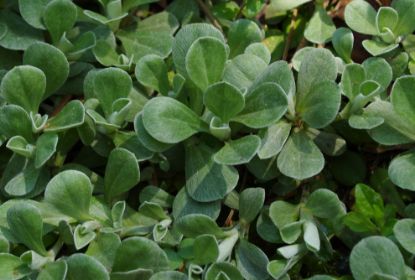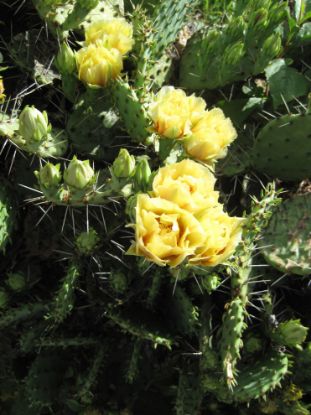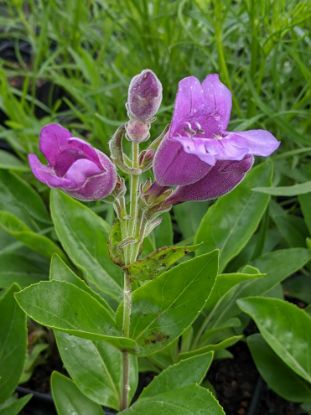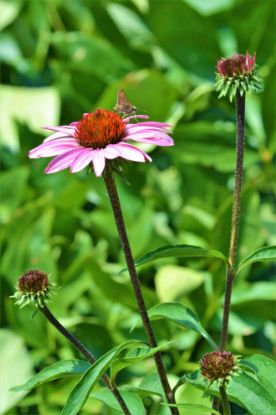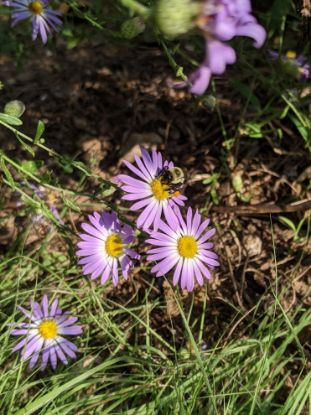Filter by attributes
Products
Sort by
Display
per page
View as
305 products found
Plains Coreopsis (Coreopsis tinctoria)
Great plant for lots of long-lasting color. Annual - so allow seeds to fall to bare ground to reseed. Can be used in a new native planting to provide color the first several years before other plants fill-in.
I'm sleeping right now. See you in the spring.
$6.00
Prairie Beardtongue (Penstemon tubaeflorus)
Needs well drained soil. The showiest Penstemon flower clusters. Plant in your full sun hummingbird garden.
I'm sleeping right now. See you in the spring.
$6.00
Prairie Blazing Star (Liatris pycnostachya)
This Blazing Star will tolerate more moisture, but still prefers less fertile soil. Butterflies love the Blazing Stars! Plant with other tall species to help keep it upright.
I'm sleeping right now. See you in the spring.
$6.00
Prairie Cord Grass (Spartina pectinata)
Aggressively spreads by rhizomes, but beautiful in mass. Not suitable for small landscapes.
I'm sleeping right now. See you in the spring.
From $6.00
Prairie Coreopsis (Coreopsis palmata)
Deadhead for extended bloom time. Best in poor, dry soils; may spread aggressively in fertile soil.
I'm sleeping right now. See you in the spring.
$6.00
Prairie Dock (Silphium terebinthinaceum)
Beautiful basal leaves can be 2' tall and 1' wide and add a fantastic texture to the garden. Long tap root makes this plant very drought tolerant. May not flower for a few years.
I'm sleeping right now. See you in the spring.
$6.00
Prairie Dropseed (Sporobolus heterolepis)
Clump-forming. Slow to establish and spread. Makes beautiful mounds of fine-textured leaves with fragrant seed heads.
I'm sleeping right now. See you in the spring.
$6.00
Prairie Hyacinth (Camassia angusta)
A bulbous plant. May take 4 years to bloom. Dies back to the ground in summer but will come back in spring. Flowers may have a purplish hue.
I'm sleeping right now. See you in the spring.
$6.00
Prairie Larkspur (Delphinium carolinianum)
Flower color may range from white to purple, though the ecotype we grow tends more to white. Plant goes dormant after the seeds are produced. Toxic to mammals if eaten.
I'm sleeping right now. See you in the spring.
$6.00
Prairie Ochre (Sorghastrum nutans)
Large warm-season prairie grass with interesting seedheads. Can help keep taller prairie perianal upright, but is aggressive, especially in smaller areas.
I'm sleeping right now. See you in the spring.
From $6.00
Prairie Pussytoes (Antennaria neglecta)
A nice groundcover for dry, non-fertile areas. Slow to mature. Host to the American Painted Lady butterfly. Poisonous to, and therefore not desirous to, deer and rabbits.
I'm sleeping right now. See you in the spring.
From $6.00
Prickly Pear Cactus (Opuntia humifusa)
Native cactus great for your rock garden or other dry or sandy area. Red seed pods as beautiful as the flower. Edible, but watch out for the spines.
I'm sleeping right now. See you in the spring.
$6.00
Purple Beardtongue (Penstemon cobaea)
2018 Kansas Native Plant Society Wildflower of the Year. Clump forming. A study in KC showed that Penstemon is one of the plant genera in our area that attracts the largest number of different bee species.
I'm sleeping right now. See you in the spring.
$6.00
Purple Coneflower (Echinacea purpurea)
Plant with other aggressive prairie perennials.
I'm sleeping right now. See you in the spring.
$6.00
Purple Daisy Aster (Symphyotrichum patens)
A study in KC showed that Symphyotrichum is one of the plant genera in our area that attracts the largest number of different bee species.
I'm sleeping right now. See you in the spring.
$6.00
